To attract more private investments from the big FMCGs like ITC [E-Choupal] and doubling Farmers income by 2022.
Farm Bill: EXPLAINED! [ITC Ltd. initiative of E-Chaupal]
@dmuthuk @nsitharamanoffc @shyamsek @Capital_Artist @amey_candor @arpit971
(Blog & a Summarized
To attract more private investments from the big FMCGs like ITC [E-Choupal] and doubling Farmers income by 2022.
- This Act allows farmers to sell their crops to any trader not necessarily to APMC. Before farmers used to sell at APMC but now it can sell it to anyone.
- It will also promote barrier free inter-state & intra-state trade and commerce outside the physical premises of market notified under state APLM
- Procurement at MSP will continue. Farmers can even sell to the government.
- Mandi will not stop functioning
- E-NAM will continue.
- Mainly focuses on Contract Farming for eg. ITC E-Choupal . As per legislation, “There will be Price Assurance to farmers even before sowing of crops
- There will local dispute redressal mechanism for the solving the issue of farmer.
- It is the initiative taken by the ITC Ltd which is specifically designed to tackle the challenges posed by the unique features of Indian agriculture, characterized by fragmented farms, weak infrastructure and the involvement of numerous intermediaries, among others
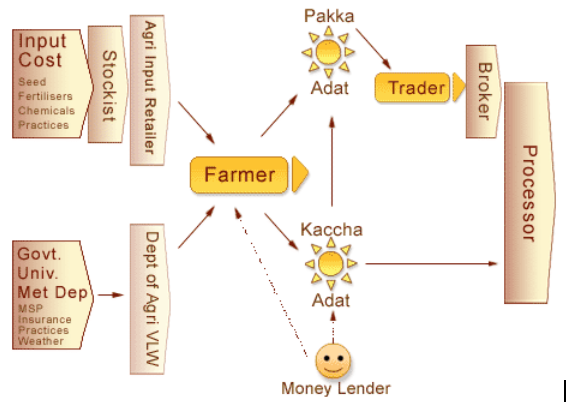
1. ITC Choupal Primary Education and Vocational Training
2. ITC Choupal Women's Empowerment Programme
3. ITC Choupal Livestock Development
4. ITC Choupal Watershed Development Programme
5. ITC Choupal Social & Farm Forestry programme
- It is an amendment of the previous EC act with the Provision to remove commodities like cereals, pulses, oilseeds, edible oils, onion and potatoes from the list of essential commodities.
- The freedom to produce will lead to harnessing economies of scale and attract the private sector into agriculture.
The Farmer are trapped in a vicious cycle of Low risk taking ability>low investment>low productivity>weak market orientation>low margin>low risk taking ability cycle.
It has made the whole sector uncompetitive despite rich natural resources.
- Productivity of Farmers
In rural areas, agriculture employs 64% of the total workforce and contributes 39% of the total rural net domestic product. This shows over-dependence of the workforce on agriculture.
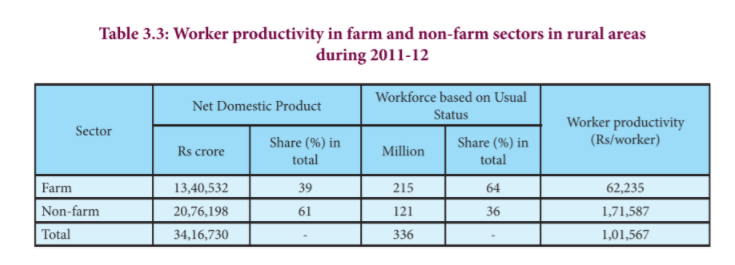
India has two main seasons Rabi and kharif which makes it possible to cultivate two crops a year on the same piece of land. with availability of new irrigation and new technology after the main kharif and after the main Rabi.
Doubling farmers income by 2022 implies that the major source of growth within agri sector are
- Improvement in productivity
- Resource use efficiency or saving in cost of production
- Increase in cropping intensity
- Diversification towards high value crops
More from The Tycoon Mindset
You May Also Like
THE MEANING, SIGNIFICANCE AND HISTORY OF SWASTIK
The Swastik is a geometrical figure and an ancient religious icon. Swastik has been Sanatan Dharma’s symbol of auspiciousness – mangalya since time immemorial.
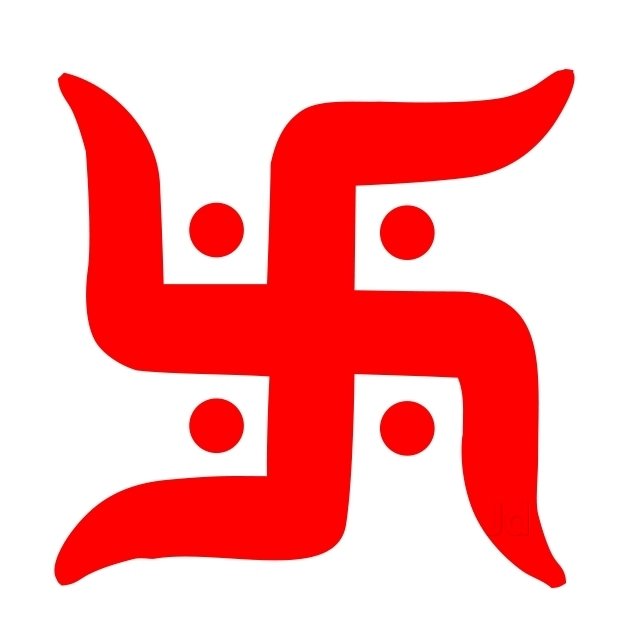
The name swastika comes from Sanskrit (Devanagari: स्वस्तिक, pronounced: swastik) &denotes “conducive to wellbeing or auspicious”.
The word Swastik has a definite etymological origin in Sanskrit. It is derived from the roots su – meaning “well or auspicious” & as meaning “being”.

"सु अस्ति येन तत स्वस्तिकं"
Swastik is de symbol through which everything auspicios occurs
Scholars believe word’s origin in Vedas,known as Swasti mantra;
"🕉स्वस्ति ना इन्द्रो वृधश्रवाहा
स्वस्ति ना पूषा विश्ववेदाहा
स्वस्तिनास्तरक्ष्यो अरिश्तनेमिही
स्वस्तिनो बृहस्पतिर्दधातु"
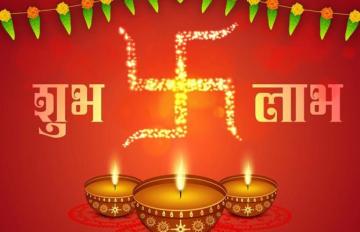
It translates to," O famed Indra, redeem us. O Pusha, the beholder of all knowledge, redeem us. Redeem us O Garudji, of limitless speed and O Bruhaspati, redeem us".
SWASTIK’s COSMIC ORIGIN
The Swastika represents the living creation in the whole Cosmos.

Hindu astronomers divide the ecliptic circle of cosmos in 27 divisions called https://t.co/sLeuV1R2eQ this manner a cross forms in 4 directions in the celestial sky. At centre of this cross is Dhruva(Polestar). In a line from Dhruva, the stars known as Saptarishi can be observed.
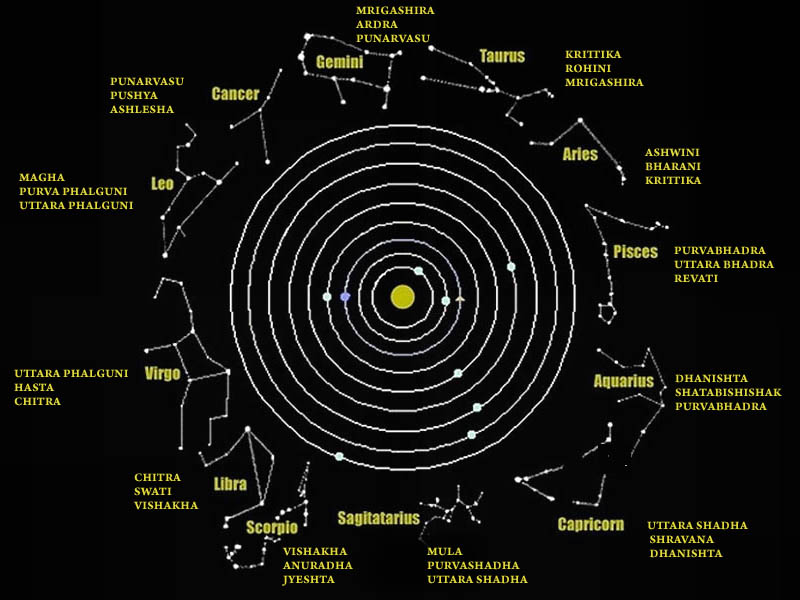
The Swastik is a geometrical figure and an ancient religious icon. Swastik has been Sanatan Dharma’s symbol of auspiciousness – mangalya since time immemorial.

The name swastika comes from Sanskrit (Devanagari: स्वस्तिक, pronounced: swastik) &denotes “conducive to wellbeing or auspicious”.
The word Swastik has a definite etymological origin in Sanskrit. It is derived from the roots su – meaning “well or auspicious” & as meaning “being”.

"सु अस्ति येन तत स्वस्तिकं"
Swastik is de symbol through which everything auspicios occurs
Scholars believe word’s origin in Vedas,known as Swasti mantra;
"🕉स्वस्ति ना इन्द्रो वृधश्रवाहा
स्वस्ति ना पूषा विश्ववेदाहा
स्वस्तिनास्तरक्ष्यो अरिश्तनेमिही
स्वस्तिनो बृहस्पतिर्दधातु"

It translates to," O famed Indra, redeem us. O Pusha, the beholder of all knowledge, redeem us. Redeem us O Garudji, of limitless speed and O Bruhaspati, redeem us".
SWASTIK’s COSMIC ORIGIN
The Swastika represents the living creation in the whole Cosmos.

Hindu astronomers divide the ecliptic circle of cosmos in 27 divisions called https://t.co/sLeuV1R2eQ this manner a cross forms in 4 directions in the celestial sky. At centre of this cross is Dhruva(Polestar). In a line from Dhruva, the stars known as Saptarishi can be observed.







